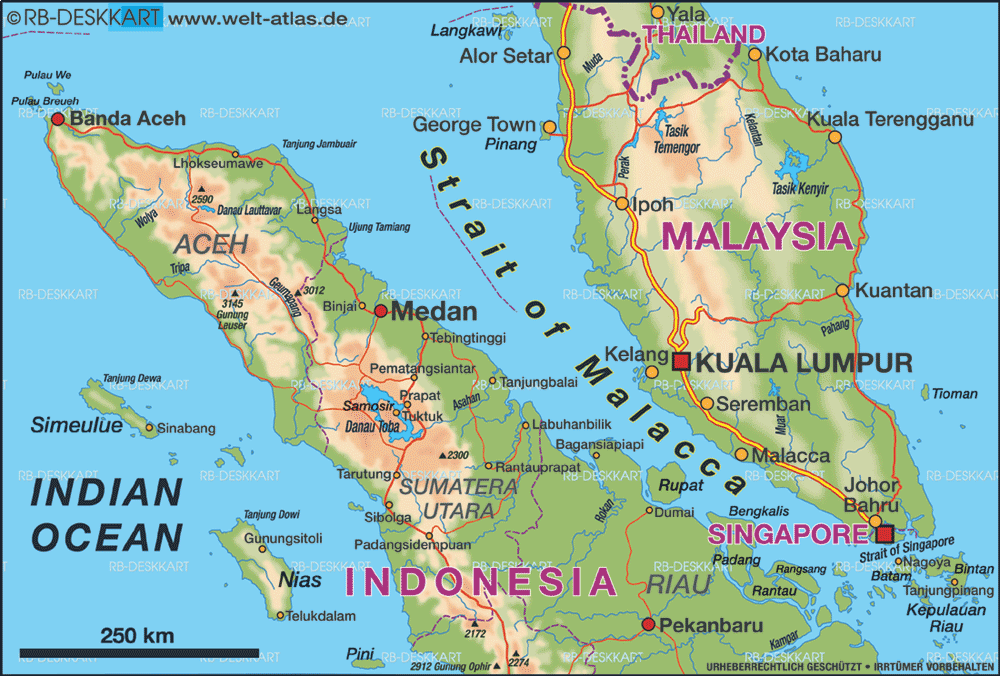Here are some of the geography facts of Beijing:
- Location & Area
Locates at the northern tip of the North China Plain ( Latitude 39 ° 54 ', longitude 116 ° 20'), consists of 8 city districts, 8 suburban districts and 2 rural counties, Beijing covers a total area of 16,808 square kilometers.

- Climate
The city's climate is a rather dry, monsoon-influenced humid continental climate, characterized by hot, humid summers due to the East Asian monsoon, and generally cold, windy, dry winters reflect the influence of the vast Siberian anticyclone. January averages -3.7'C, while July averages 26.2'C. Annual precipitation is around 570 millimeters.
| Four Seasons | Spring | Summer | Autumn | Winter |
| Apr 1- May 25 | May 26- Sep 5 | Sep 6- Oct 25 | Oct 26- Mar 31 | |
| 65 days | 95 days | 45 days | 160 days |
- Population
As of February 2010, the combined population of permanent and non-permanent residents exceeded 22 million. In addition, there are a large number of migrant workers who live in Beijing without any official residential permit.
- Ethnic Groups
The permanent residents of Beijing come from all of China's 56 ethnic groups. The Han nationality accounts for 96.5% of the total. The other 55 ethnic minorities claim a population of more than 300,000. Most of them are from Hui, Manchu, and Mongolian.
- Economy
Beijing is amongst the most developed cities in China with tertiary industry accounting for 73.2% of its GDP. Finance is one of the most important industries in Beijing. By the end of 2007, there are 751 financial organizations generated 128.6 billion RMB revenue accounting for 11.6% of the total financial industry revenue in the entire country.
In 2010, Beijing's nominal GDP reached 1.37 trillion RMB. The real estate and automobile sectors have continued to boom in recent years. Beijing is increasingly becoming known for its innovative entrepreneurs and high-growth start-ups.
Major industrial areas located on the western outskirt of the city. Agriculture is carried out outside the urban area, with wheat and corn being the main crops. Vegetables are also grown in the regions in order to supply the city.
I have spent 18 years in this city and I love it so much. Everything, the food, the people, the shopping area, the childhood memories. Of course there are issues and problems, as well as faced by other mega-cities, such as the public traffic congestion, air pollution, boom in real estate price, etc. Good thing is we have seen improvement throughout the years and the government has realized these issues and corresponding policies are undergoing.
I strongly suggest all of my friends, who have never been to Beijing before, pay a visit to this city with long history, beautiful sceneries, and great people. You will never regret that. And of course, I would be more than happy to be your guide for your tour!



